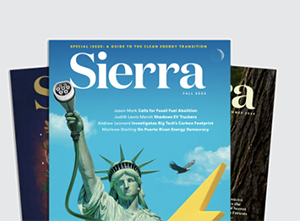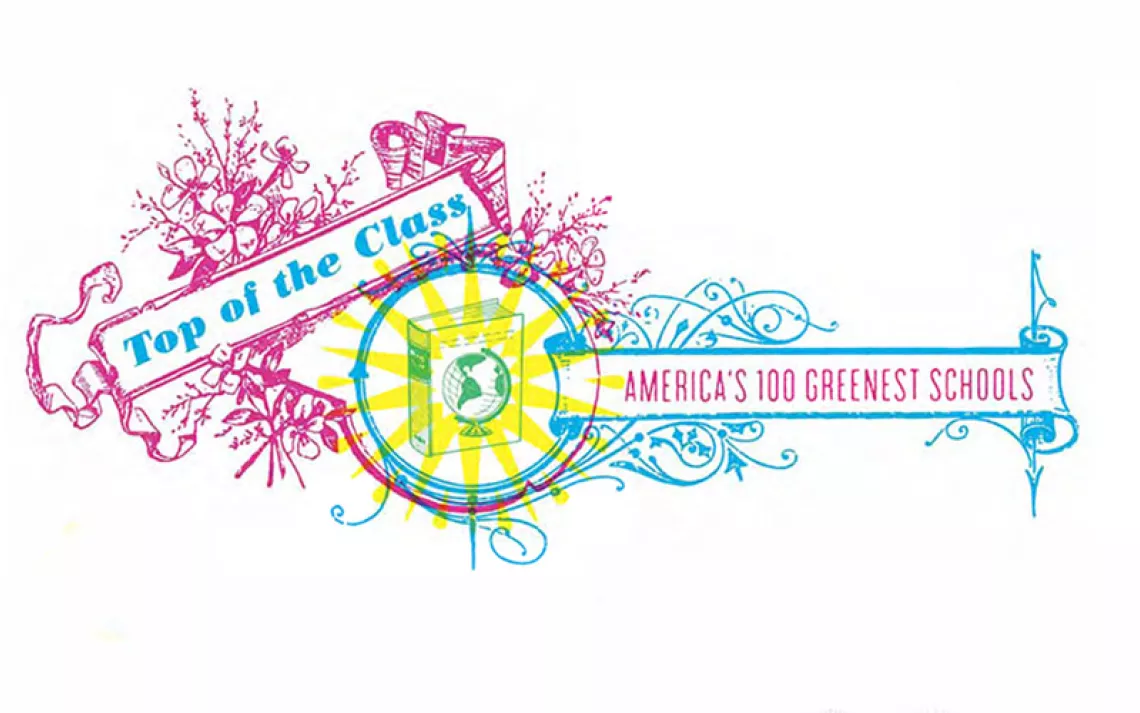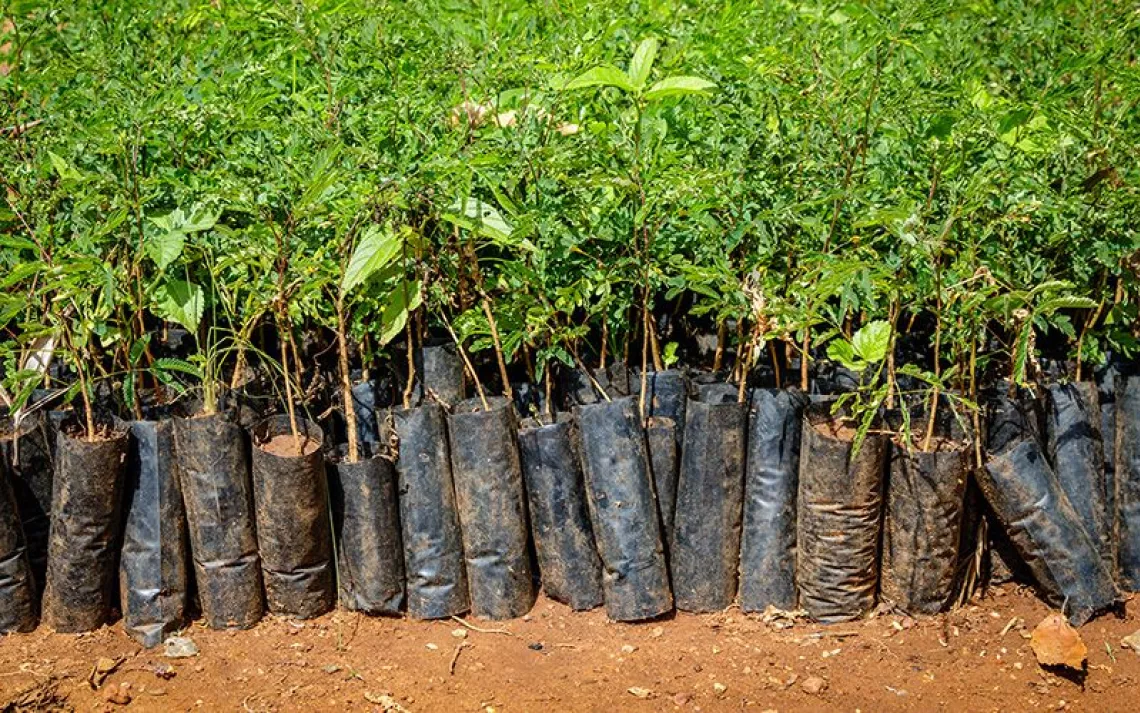Cool Schools 2019 Methodology
The Top 20 | Infographic | All 282 Schools Ranked | Methodology | FAQ | More Cool Schools
Participation in Sierra magazine's Cool Schools ranking is open to all four-year, degree-granting undergraduate colleges and universities in the United States and Canada, along with two-year community colleges. This is the second year that we opened the rankings to two-year schools.
In 2019, Sierra received 282 complete responses from qualified institutions. Once schools submitted their data, our researchers scored each response and ranked each of the participating institutions.
Sierra magazine did not charge schools for participation in the rankings, and no affiliation or relationship between a school and the Sierra Club or its employees, past or present, influenced the ranking.
DATA COLLECTION
As in past years, we collaborated with the Association for the Advancement of Sustainability in Higher Education (AASHE) to gather the raw data for our rankings.
In past years, Sierra used a “snapshot” of data institutions had submitted via the Sustainability Tracking, Assessment & Rating System (STARS). Beginning in 2018, we based our rankings on institutions’ existing STARS scores. Any valid STARS reports from the last three years were eligible for our rankings.
To participate in the 2019 rankings, educational institutions needed to:
-
Have a valid STARS 2.0 or 2.1 rating (i.e., Bronze, Silver, Gold, or Platinum; unscored reports with a STARS Reporter designation were not sufficient) AND
-
Have earned that rating within the three years prior to the deadline (i.e., submitted after March 3, 2016). STARS ratings that were more than three years old were not considered for the Cool Schools ranking.
-
Opt in to sharing data with Sierra.
This year’s deadline for submitting information through the AASHE STARS system was 11:59 PM Pacific Time on March 1.
Once those reports were submitted, AASHE staff reviewed a sample of the data for thoroughness and accuracy, and then forwarded the data to Sierra.
As in past years, we also asked schools to complete an additional survey with questions not covered directly in STARS. We asked institutions to detail what, if any, moves they have made to sell off (or avoid) fossil fuel investments. Schools that did not complete our fossil fuel investment questionnaire were still eligible to participate in the rankings.
RUNNING THE CALCULATIONS
We then processed the STARS data through a custom-built formula that ranked the schools according to our own weighting criteria across 18 categories ranging from “curriculum” to “water.”
Now is the time for environmental journalism.
Sign up for your Sierra magazine subscription.

To determine a Cool Schools score for a particular school we followed these steps:
-
Take claimed and available points reported in the STARS Score (in columns STARS Available/Reported).
-
Multiply both by 1 plus their respective “weight adjustment” to reflect Sierra Club priorities. (For example, to calculate Cool Schools Available points for Academics, we take 40*(1-.0484) = 38.06.) We do this for every section.
-
Then, to calculate the total score, we take the sum of all Cool Schools Claimed points and divide it by Cool Schools Available points to get a percentage—which we then multiply by 100 to get a round number. Afterward, we add in points for innovation (in the same way STARS does) as well as points for fossil fuel divestment (if applicable).
Here is a sample scoring calculation for a hypothetical university:
LOGIC BEHIND SIERRA CLUB WEIGHTING ADJUSTMENTS
Our weighting adjustments to the STARS scoring is a reflection of the broader priorities of the Sierra Club. For example, we give much more weight in the areas of energy, air and climate, and transportation because the Sierra Club believes that progress in these sectors is essential for addressing the climate crisis. In the category of engagement, we give more weight to public engagement efforts, out of the belief that colleges and universities have a responsibility to encourage students to be civic actors in their communities. In the area of academics, we give relatively greater weight to curriculum over research.
Here’s a snapshot comparison of STARS rankings versus Sierra magazine's rankings.
While our ranking is fair, transparent, and accurate, we make no claim that it is the ultimate arbiter of campus sustainability.
CONCLUSION
Our results show that while many universities are making admirable progress, no school has yet attained complete sustainability. In 2019, the top-rated university scored 88.63 points out of 100—or a solid B+. In higher education, as in the rest of society, there is room for improvement when it comes to sustainability.
The United States has more than 2,000 four-year colleges and universities, and we acknowledge that many schools that care about the environment don't appear on Sierra’s list.
That said, our rankings can serve as a guide for prospective students, current students, administrators, and alumni to compare colleges’ commitments to environmentalism. It also serves to spur healthy competition among schools, raise environmental standards on campus, and publicly reward the institutions that work hard to protect the planet.
 The Magazine of The Sierra Club
The Magazine of The Sierra Club



